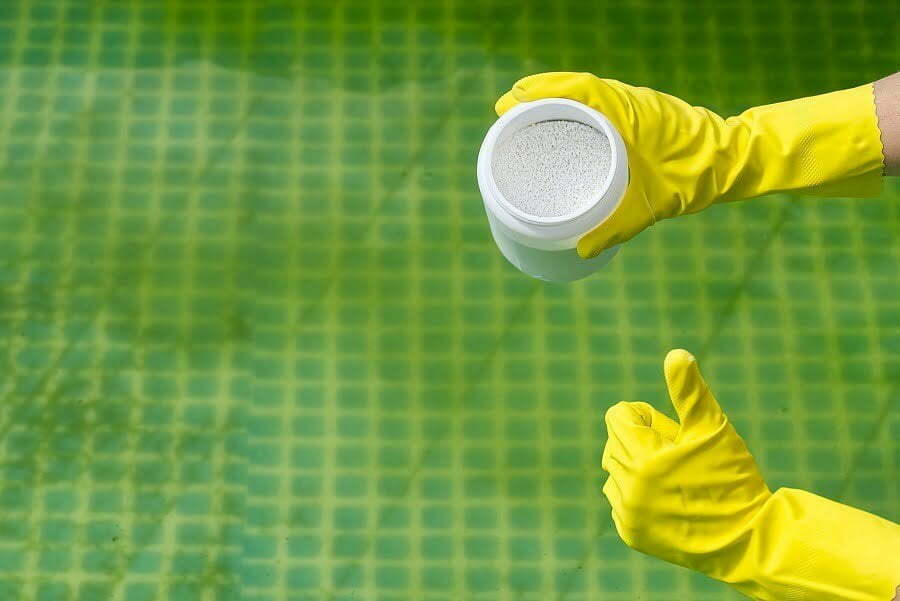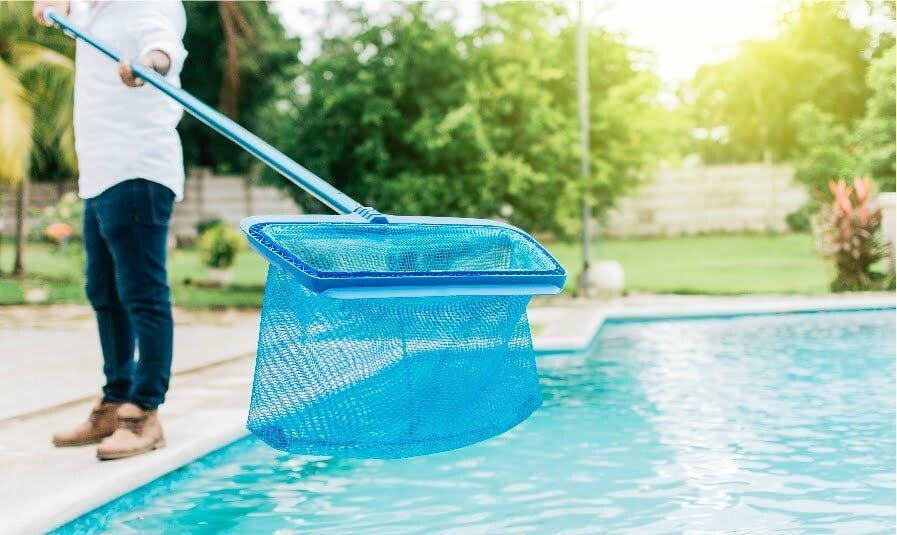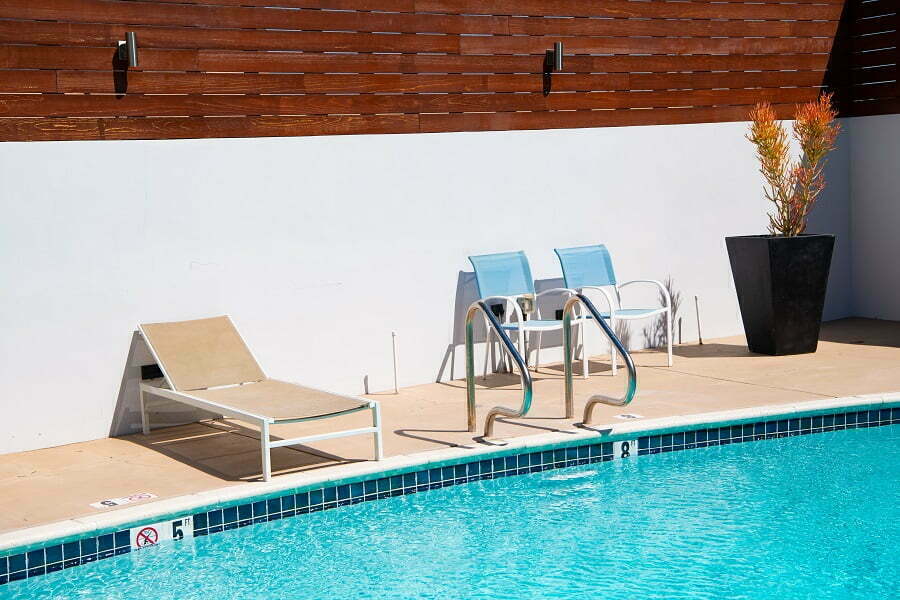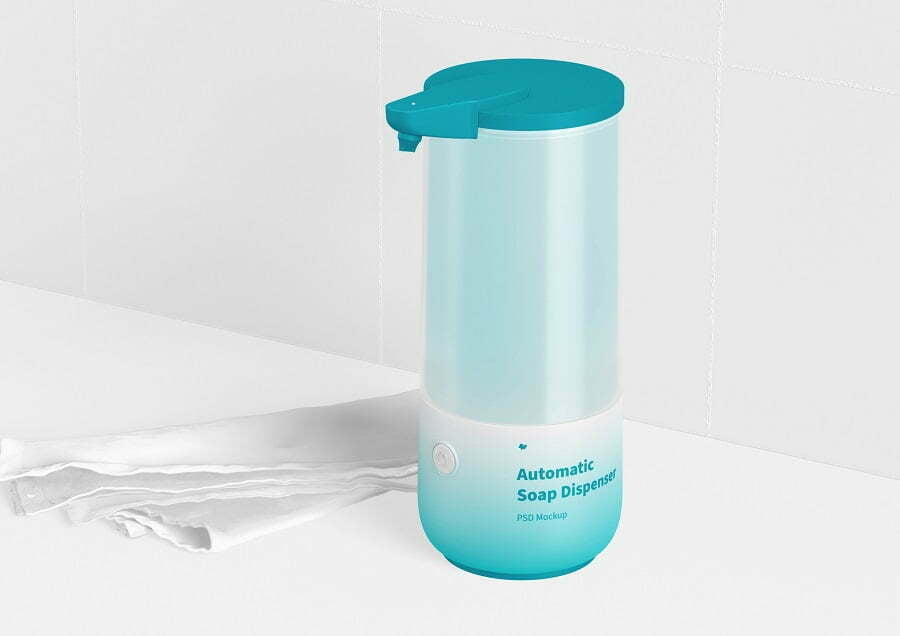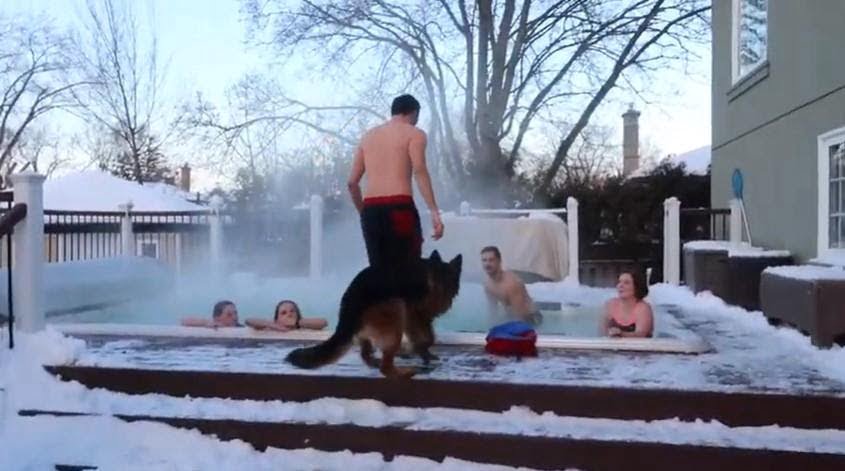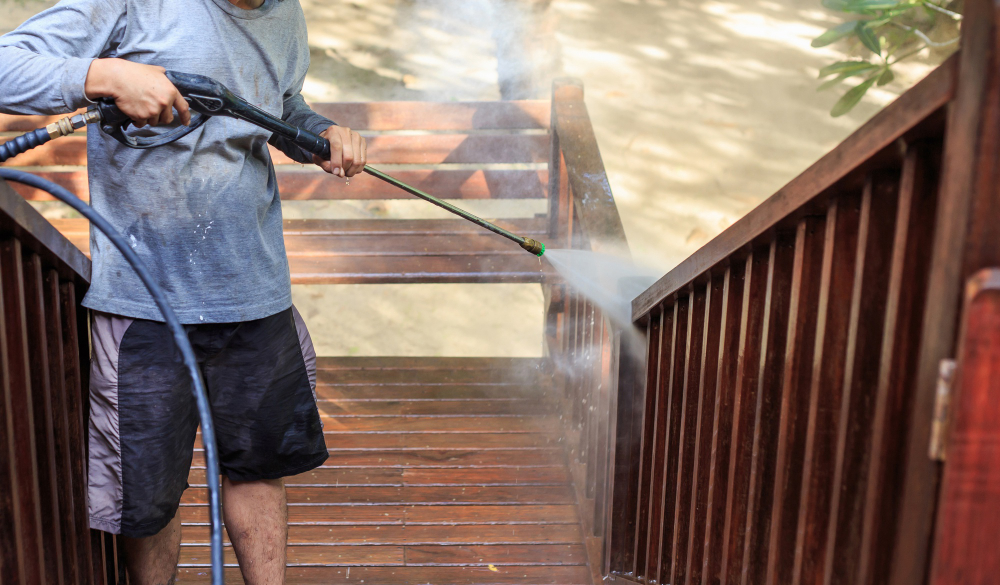Last updated on
Need to clean your swimming pool after winter? Here’s our full step-by-step guide on how to do it properly. Read on!
The first ray of sunshine after winter brings with it a welcome change in temperature. This change may entice you to enjoy a dive in your swimming pool.
But your pool has been dormant throughout winter. Making it swim-ready for the summer will need work and planning.
Whether you are cleaning your pool or buying a swimming pool for sale, here are a few things you should do to clean your pool after winter.
Preparations for Pool Cleaning

Get on top of pool cleaning by ensuring to:
- Schedule a day to begin with cleaning your pool
- Purchase supplies like chemicals used for cleaning and test kits to check the quality of water
- Check if you have your cleaning tools in place. You should have a skimmer net or pool vacuum to start your pool cleaning.
- Begin with pruning overhanging plants, shrubs, and flowers, over the pool. This will help reduce the growth of algae spores and also prevent debris from falling into the pool.
Moreover, it is important to track the gradual rise in temperature after winter. This increase in temperature supports the growth of inactive algae spores in pools.
A massive algae bloom can be activated within a few hours. Furthermore, chemical imbalances, sunlight, and the presence of organic matter can make algae grow faster.
Cleaning algae can take time and money. You should keep track of the following factors to interrupt algae growth:
- The onset of a warmer temperature
- Out-of-balance water
- Presence of nitrates, phosphates, and carbon dioxide
Also, poor circulation of water, and the lack of filtration and sanitation are other reasons that encourage algae growth.
How to Clean the Swimming Pool
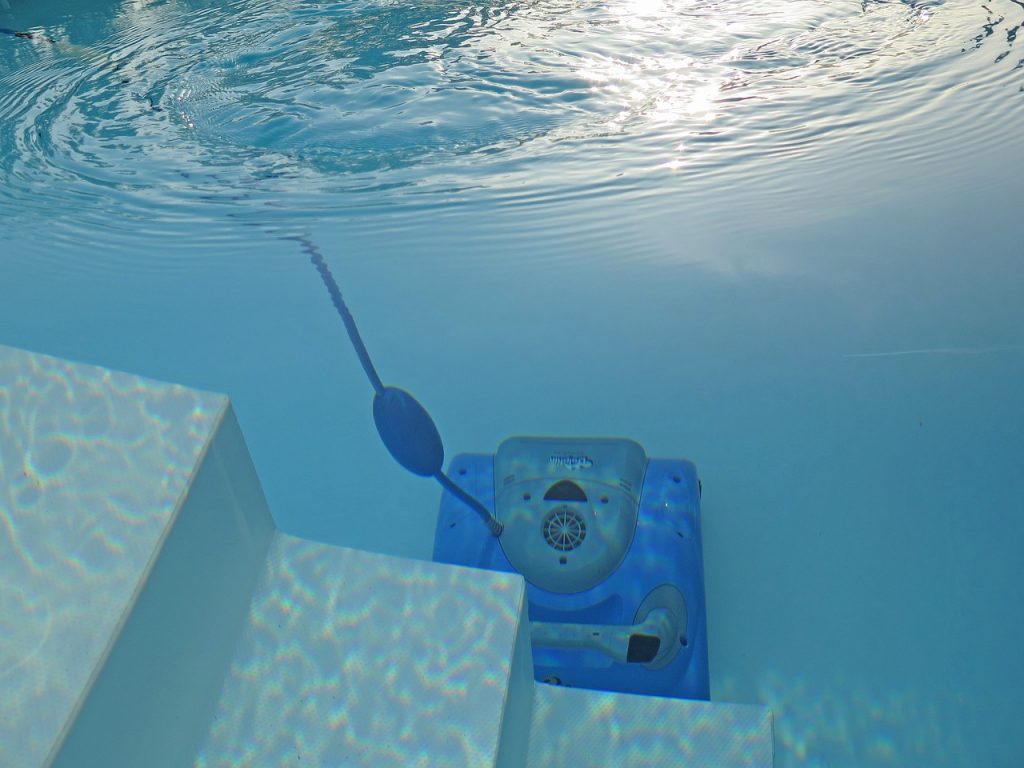
Having said that, you should essentially follow the below-mentioned steps to clean the pool.
Remove the Pool Cover
Start by removing the pool cover. Regardless of the type of your pool, above-ground or in-ground, you will need help to remove the cover from the pool.
Ensure you don’t drag the cover over the pool. This will result in debris over the pool cover to fall inside the water. Instead, take help, lift the cover carefully, and put it aside.
Also, make sure that you wash this cover with soap and clean water. This will help to remove any extra debris from the surface of the cover. Don’t fold the cover unless it is completely dry. Store it safely for the next winter.
Inspect the Pool
Inspect the pool thoroughly for damage.
This should include signs of algae growth, loose tiles, cracks, and stains. Make sure to get on top of the most minor of issues.
Furthermore, do not empty the pool except during emergencies or if there is a structural problem. This is because draining the pool may aggravate trivial problems, resulting in unwanted expenses.
Check the Water Level
You should check the water levels in your pool before starting to clean it. Losing some amount of water during winter is normal. But you may not be able to clean your pool or balance the pool water chemicals properly without maintaining an appropriate water level.
Inspect your water levels and fill it up, if required.
Remove Winter Equipment
If your city receives snow during the winter, you may have used equipment to winterize your swimming pool. This may include winter plugs and ice compensators. Also, if you have an above-ground pool, you may have used skimmers to pull unwanted floating objects.
Remove all such winter equipment carefully and put them back in their places until next winter.
Turn on the Pump and Filter
Check for any damage to your pump and filter before putting them on. If you find them in good condition, switch them on, and observe their working. Make sure they have no leaks.
You will need to leave the pump and filter running for a few hours to completely clean the debris from the pool. However, if you have used a high-quality pool cover, only a small amount of debris may have deposited in your pool.
Regardless of the condition, it is best to let the pump and filter run for a while before you start using it.
Deep Clean Your Pool
Vacuum and scrub the walls/tiles of the pool. The best thing to do is to have the pump on after you vacuum your pool. You should leave your pump running for 24 hours after you vacuum your pool. This will pump out dirty water from the swimming pool.
Also, you may need a scrub and brush to clean the ladders and steps. Ensure that you reach the tight corners the vacuum cleaner cannot.
Check the Balance of Pool Chemicals
Now that your pool is clean, it is time to check the levels of chemicals in the water. Here is a checklist that will help you do it.
- Alkalinity
The alkalinity level in the pool water should be between 80 and 120. If the value is low, you may use baking soda to increase it. If you find the value high, you can use muriatic acid to decrease it.
- Calcium
The level of calcium should be between 150 to 250 ppm. The pool water will be soft for use without enough calcium in it. You can add some amount of calcium chloride to the water to increase the calcium level.
- Chlorine
The optimum level of chlorine is between 1ppm and 3ppm. The addition of solid chlorine granules will help increase the level of chlorine. You may need to continue adding chlorine to maintain an optimum level.
- pH level
The recommended pH level is between 7.2 and 7.4. If this value is low, it can be increased using soda ash. If the value is high, you can add sodium bisulfate or muriatic acid to lower it.
Wrap Up
The above-mentioned steps will help you clean your pool and maintain the appropriate balance of chemicals. This means you are ready to dive in. However, you should ensure to deep cleaning your pool, check for damages, and test your chemicals at periodic intervals. Hopefully, these steps will help you enjoy your swimming sessions this summer.
Recap
Liked this article? Here's what you can read next:
